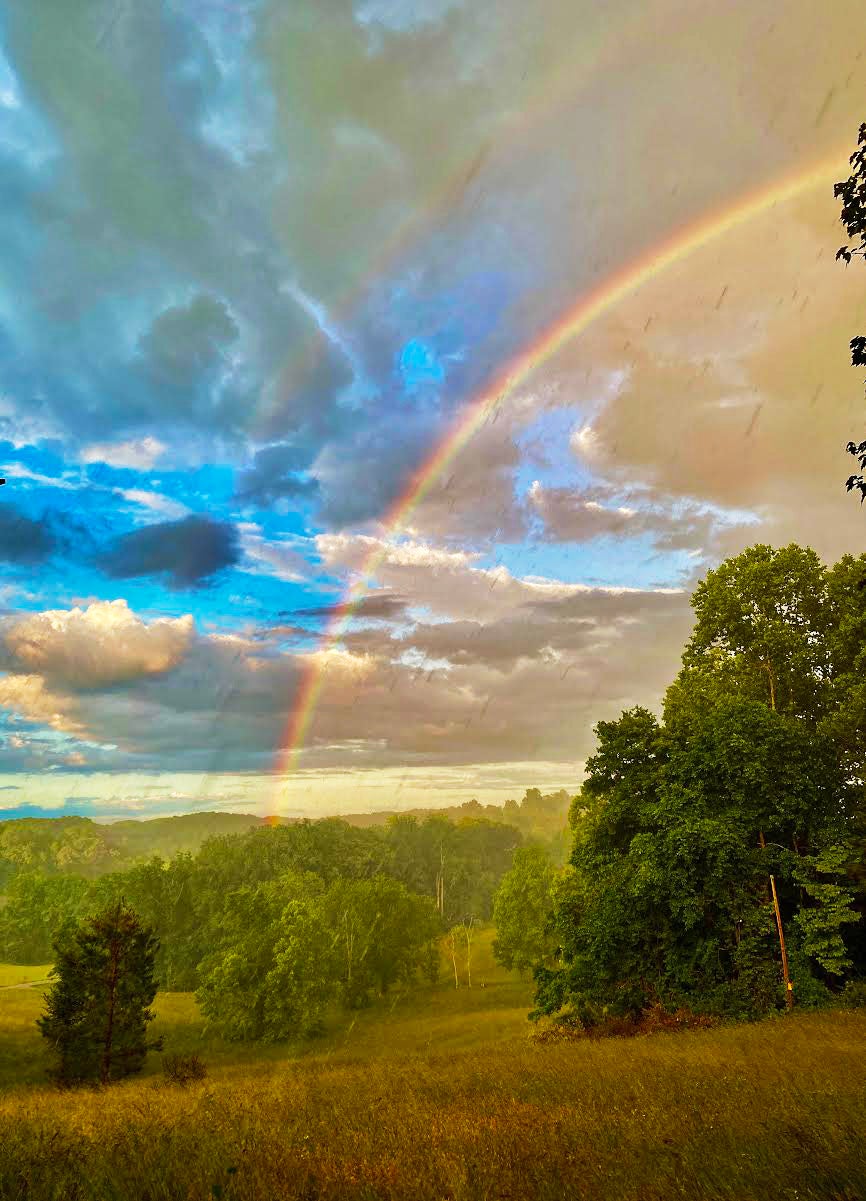What is light, and why can’t we see it?
Published 4:58 pm Monday, June 12, 2023

- Light is invisible until it strikes an object such as rain drops, producing a rainbow and proving that it is full of all the colors that we see and enjoy. Photo by Steve Roark
|
Getting your Trinity Audio player ready...
|
BY STEVE ROARK
Contributing columnist
Light is something we don’t think about much, but almost everything that’s alive on the planet needs light for sight and energy. Human eats cow, cow eats grass, grass grows on light. You get the picture.
Scientists have studied light for centuries, but still don’t fully understand it.
The answer requires me going physics on you.
Light is energy that takes form and moves as a wave. The wavelengths that we can sense with our eyes are collectively called the visible spectrum. Light is invisible to us until it strikes an object we are looking at, say a rose. The rose absorbs all of the wavelengths in light except red. This “red energy” bounces off the rose, enters our eye through a lens that focuses it onto the retina, which is packed with light sensitive cells called rods and cones. Certain cells are stimulated by the red wavelength and send signals to the brain, which interprets the color and tells you “that’s red.” I find it amazing that something invisible has all those colors hidden away, but rainbows are proof that they are there.
What is not fully understand is how light moves through space as wave energy, but when it strikes an object it acts like a particle of energy, which is called a photon. It’s these photons that slam into carbon dioxide molecules inside a plant leaf and break it apart, the beginning of photosynthesis.
Light is loaded with unique features. It moves faster than anything else (186,000 miles per second) and is the universal speed limit: “thou shalt not go faster than light.” Astronomers use light speed as a measuring stick, giving distances to stars in “light years.” Star light is old. The light of the North Star (Polaris) traveled 820 years to get all the way to our eyes. Amazing.
Besides light providing life, about 20% of us are also impacted by the “photic sneeze reflex,” a condition which results in sneezing when exposed to bright light.
Steve Roark is a volunteer at Cumberland Gap National Historical Park.





